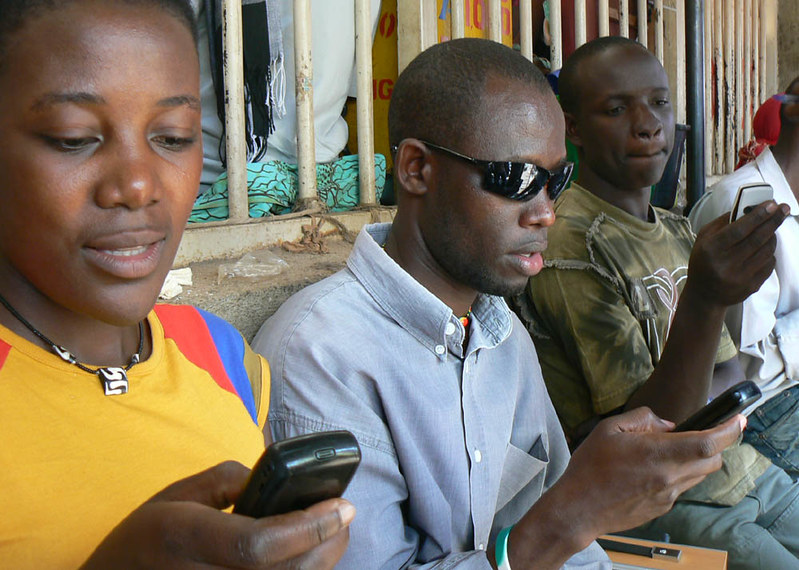This is a joint post with Justin SandefurWinning hearts and minds is a
key part of the US Military’s counterinsurgency strategy in Afghanistan, and a major rationale for USAID’s
$15 billion investment in the country. This strategy rests on
Secretary Clinton’s vision that defense, development and diplomacy are closely linked, mutually reinforcing goals -- a win-win-win foreign policy love triangle.Some development experts, channeling their inner Dr. Phil, have been
skeptical of this model. But much of the industry has been won over by the lure of Pentagon-sized budgets for real aid projects serving real development goals like rural development and girls’ education.Meanwhile, from a defense and diplomacy perspective, the Kashmir earthquake in Pakistan in 2005 has provided one of the strongest pieces of empirical support for the idea that aid can in fact work to win goodwill. A World Bank
working paper by Jishnu Das and Tahir Andrabi suggested that “four years after the earthquake, humanitarian assistance by foreigners and foreign organizations has left a lasting imprint on population attitudes.” Das and Andrabi argue this strong impact was based in part on the near unanimous sentiment by local people that aid workers were there for humanitarian reasons rather than to promote hidden agendas.Which is why a new book by Marc Ambinder and D.B. Grady might make particularly interesting reading for residents of North-Eastern Pakistan. They
report that the CIA used the Kashmir Earthquake to send intelligence officers into the country. “Using valid U.S. passports and posing as construction and aid workers, dozens of Central Intelligence Agency (CIA) operatives and contractors flooded in without the requisite background checks from the country's Inter-Services Intelligence (ISI) agency.”We’re in no position to judge the intelligence payoff to the agent insertion in Pakistan. Again, perhaps the fake vaccination campaign orchestrated by the CIA in Abbottabad with the help of Pakistani doctor Shakeel Afridi (now nominated for a
Congressional Medal of Honor) brought in vital information. But two conclusions do appear reasonably safe.First, fake aid and fake aid workers are worse than nothing from a development perspective. Rumors that vaccination drives
were actually a Western plot have been rife before –and distrust of aid workers as agents of neo-imperialism is as old as aid itself. It is a lot harder to run a successful development project without any trust. And, of course, running an aid project when it is assumed you are a spy
can be dangerous.Second, fake aid is a risky strategy from a military and diplomatic perspective as well, because it can undermine the goal of winning hearts and minds. While beneficiary goodwill helps development projects run smoothly, building that goodwill is the
whole point of aid as a weapons system or a diplomatic tool. Deceiving beneficiaries undermines trust and thus the hearts and minds mission --at least if they find out about the deception.So it is great if the military, diplomats and aid workers can work together to bring stability and prosperity to fragile states. But using aid as a cover for intelligence operations is often going to end badly for all three partners in the defense, development and diplomacy triangle. And much like traditional love triangles, that’s particularly true if those involved can't keep a secret.
CGD blog posts reflect the views of the authors, drawing on prior research and experience in their areas of expertise.
CGD is a nonpartisan, independent organization and does not take institutional positions.





